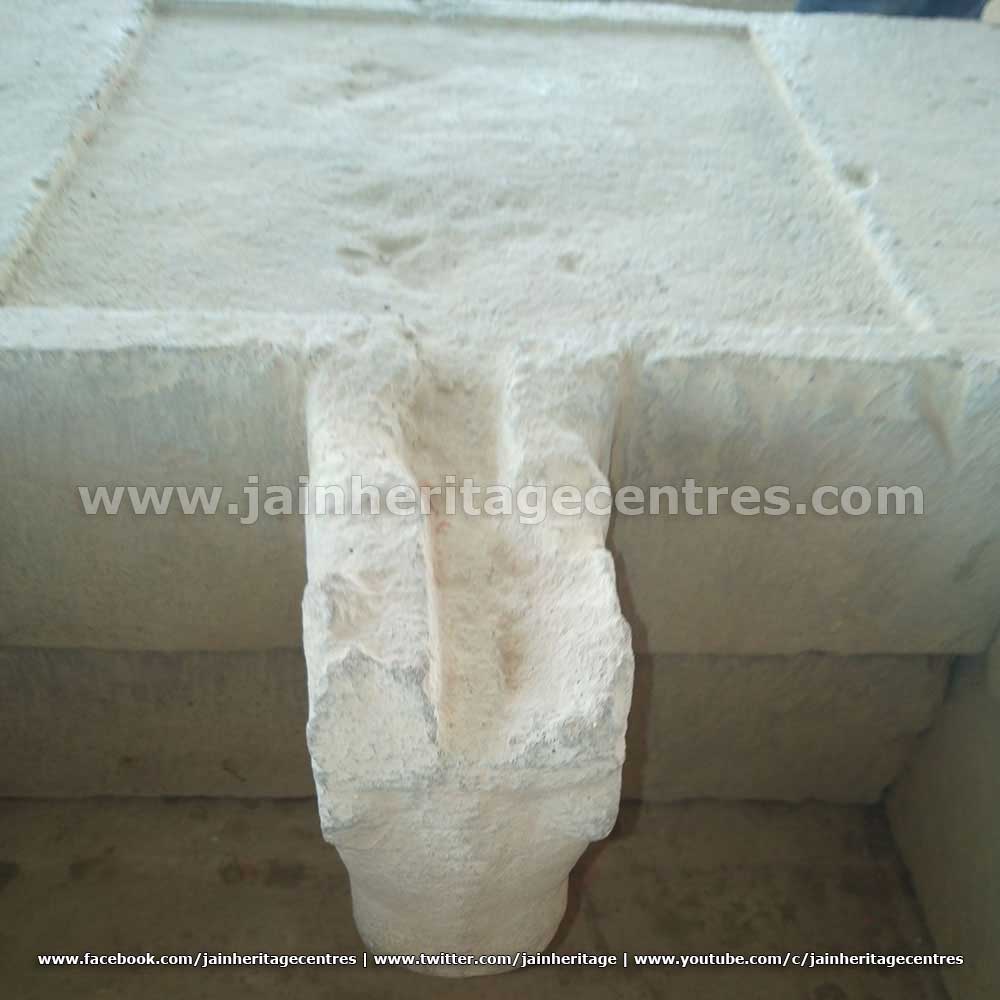
Bengaluru (Karnataka), 28th June 2019: Jains are businessmen since time immemorial and had their transactions spread the world over. They constructed Jain temples/basadis at the places of their residence for their daily darshana. The traces of Jainism found at Kosmi Caves in Kenya and at Cambodia are one of the best examples in this regard.
Prof. S.P.Ajith Prasad of Moodabidri, a professor of Kannada and Jain scholar spent about a month at Ethiopia in search of Jain roots. His research has thrown some light in this regard and have provided us proof of the existence of Jainism in the region.






A few traces found near Mekelle a north Ethiopian city located at a distance of 940 Kms from its capital Addis Abab provide sufficient proof in this regard. A museum at Wikro (a small city located at a distance of 40 Kms from Mekkele), a hill and a church found at 20 Kms from Wikro help us with very important proofs proving the existence of Jainism in Ethiopia.
Traces of Jain Temple – “The excavation conducted by a team of archaeologists from Germany at Wikro during the period 1970-1980 is important in this regard. German archaeologists are of the opinion that the traces of a Jain Temple found at Wikro is about 3000 years. However, it is difficult to conclude that this site is 3000 years old, but they might be around 2000 years old. At present we can only find the traces of the garbagriha (sanctum sanctorum) and part of its walls. From the localites it is learned that the idol found at this place has been kept in one of the museums in Germany. Not having a copy of the idol’s image at the place has jeopardized our research. Hence, we will not be able to authoritatively say that this was a Jain temple. However, it can be concluded without any second thought that this was a place of worship of Indian culture”, says Dr. Ajith Prasad. Speaking further Dr.Ajith Prasad does not forget to quote the localites stating that, “the German archaeologists had guessed this to be the traces of a Jain temple”.
Traces at Almaqah – “The traces found in the Almaqah caves located at a distance of 20 Kms from Wikro and the traces found inside the walls of a church gives us enough proof to conclude that this was a Jain place of worship. It appears that before constructing the church a Jain temple was dismantled and its walls have been used. Looking at its exterior and interior walls we can say that it was that part of the sanctum sanctorum as we can see a pedestal and Sutra/Soma Sutra/Pranala (a carving which led the anointed water outside). One of its edges is distorted. According to Jain architecture, we can find two different types of Sutra/Soma Sutra/Pranala, namely – Simha Mukha (Lion faced, usually found in temples built by Kshatriyas – Ruling class) & Nandi Mukha (cow/ox faced, found in temples built by Vaishyas – merchant class). The one found here is of Nandi Mukha. This further helps us conclude that this temple was built by the merchant class of people,” says Prof. Prasad. “The feel of exploring the traces of Jainism at a place that is thousands of Kms from your motherland is in itself an amazing experience”, he exclaimed.
Dr.Abhijith of Mysuru and Dr. Soumitro Mandal had accompanied Dr. Ajith Prasad in this research. The research was sponsored by Sri Bharathavarshiya Digambar Jain Mahasabha & its national president Sri Nirmal Kumar Sethi Ji. – Nitin H P, Jain Heritage Centres News Service (JHCNS)